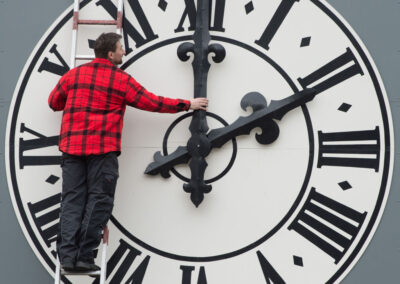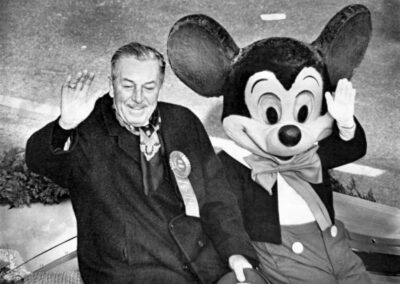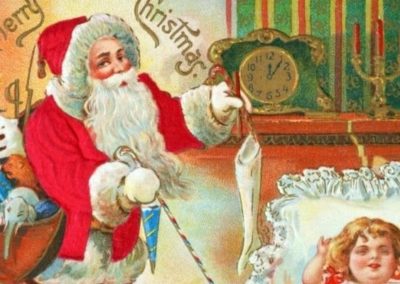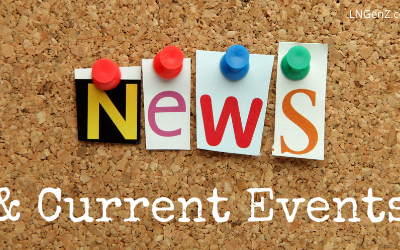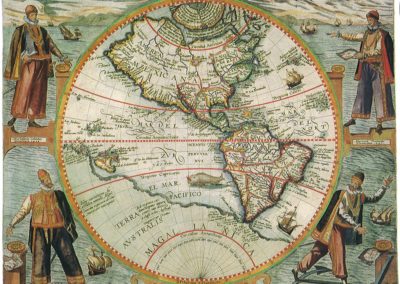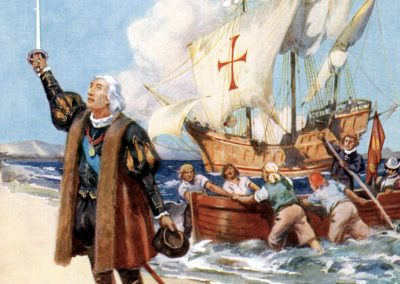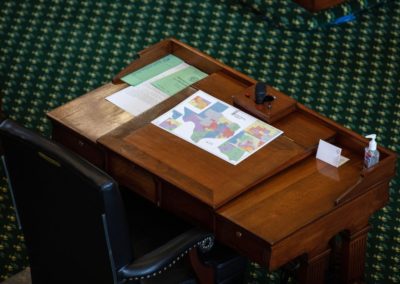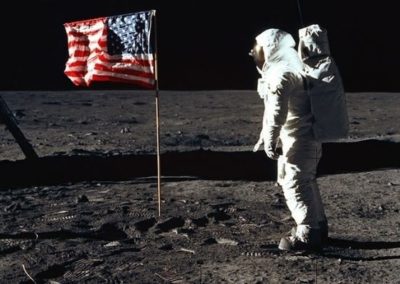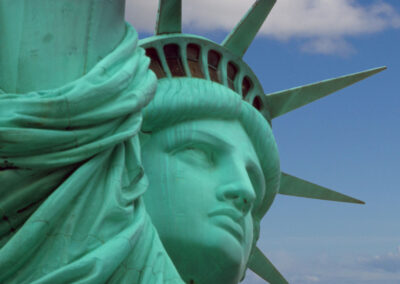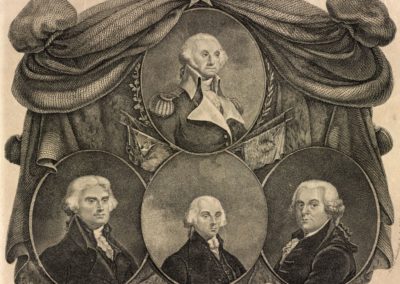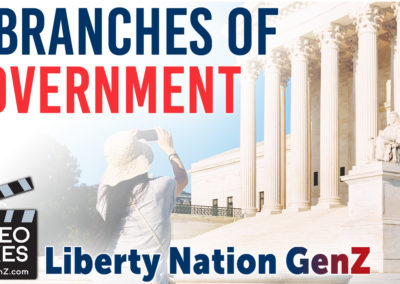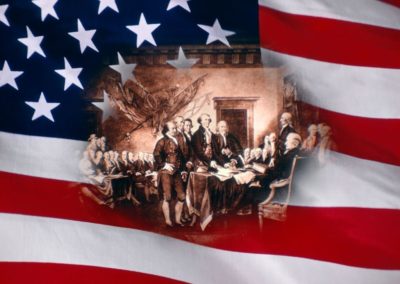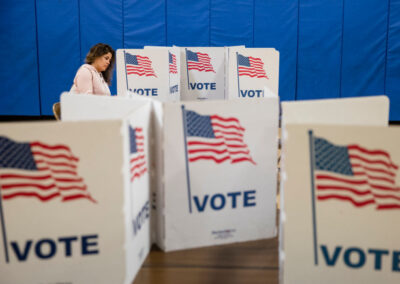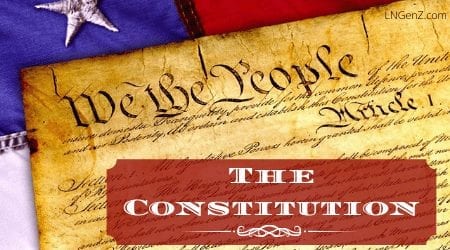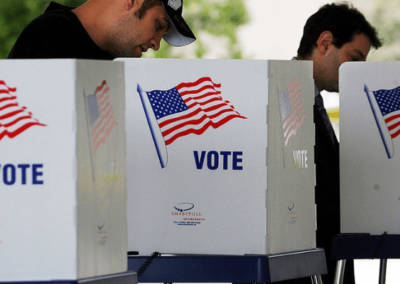A Short History of the US Military: The Whiskey Rebellion
States’ rights put to the test in the new nation.
By: Dave Patterson | July 1, 2025 | 781 Words
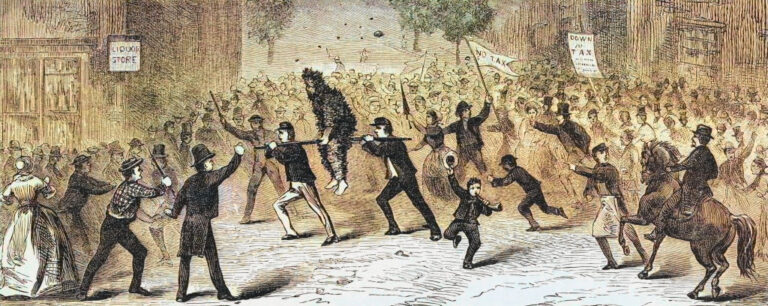
(Photo by: Ken Welsh/Design Pics/Universal Images Group via Getty Images)
When President Donald Trump activated the California National Guard to put down riots in Los Angeles in 2025, many in the media called it unprecedented. It was not. Only four years after all the states ratified the US Constitution in 1790, the fledgling nation met the first of what would be many tests of central government authority over the states. The issue was what Pennsylvanians perceived as unfair taxation by the federal government. The US military was called in when Pennsylvania farmers — angered over a new federal excise tax on distilled spirits – sparked a rebellion.
The Whiskey Rebellion Was First Domestic Use of Federal Forces
The new levy was a tax on the price of the whiskey produced, not at the point of sale, which would typically include profit for distribution and sales. The production of whiskey was crucial as a currency and an economic staple for small farmers, who regularly distilled excess grain for the market and were impacted the most by the tax.
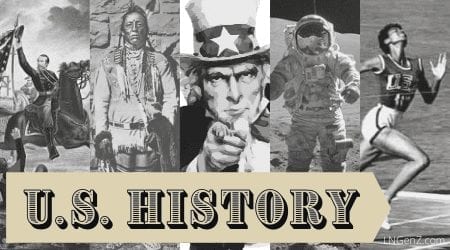 The resistance began with isolated incidents of protest, petitions, and occasionally the tar and feathering of tax collectors. A few tax collectors’ homes were burned, but the conflagrations were not near the blazes set by modern protesters in cities like Portland, Seattle, Chicago, and Los Angeles.
The resistance began with isolated incidents of protest, petitions, and occasionally the tar and feathering of tax collectors. A few tax collectors’ homes were burned, but the conflagrations were not near the blazes set by modern protesters in cities like Portland, Seattle, Chicago, and Los Angeles.
President George Washington, at the urging of Secretary of the Treasury Alexander Hamilton, mobilized a federalized militia of nearly 13,000 men from the surrounding states. The leader of the rebellion was David Bradford, Esq., the deputy attorney general in Washington County, Pennsylvania. He was a key figure early in the uprising, rallying participants to the cause. He organized members of the resistance and wrote blistering anti-tax resolutions and pamphlets. His leadership extended beyond just incitement; he self-identified as a “major general” in the rebel paramilitary force. As is often the case, Bradford’s zeal for confronting the 13,000-man Army force headed his way waned upon hearing the news. He fled to Spanish Louisiana.
Another of the rebellion’s principals was James McFarlane, a Revolutionary War veteran and revered local leader who led a group of rebels in perhaps the only act of organized violence during the entire episode. Called the Battle of Bower Hill (July 16-17, 1794), the event paled in comparison to the rioting in Los Angeles. McFarlane and his ragtag marauders attacked the home of John Neville, the local tax collector, in the middle of the night. Of the estimated three to five persons killed during the entire rebellion, McFarlane was one of them.
Unfair Taxation One Reason for the Revolutionary War
The irony was not lost on the rebellion leaders, such as McFarlane, who saw the tax on whiskey as an example of the very oppression they had fought against in securing independence from England. As American Battlefield explained:
“Many families on the frontier saw this tax as an affront to their livelihoods, as the whiskey trade was vital for their survival. As a result, many of these small family-owned distillery operations began to feel resentment against the current regime, believing that the Washington administration was just as tyrannical as the English Parliament they had just fought to establish their own new and independent nation.”
Nevertheless, parallels can be drawn between the US Army militia used during the Whiskey Rebellion and present-day protests and civil disobedience when federalizing the National Guard or deploying active-duty forces becomes necessary. In Los Angeles recently, as was the case when tax collectors and federal agents were harassed and impeded from doing their jobs in 1794, Immigration and Customs Enforcement agents were threatened, assaulted, and kept from doing their jobs. In both cases, federal troops were dispatched to bring calm and protect government officials and property.
On a larger issue, “The rebellion of the summer of 1794 ultimately took on more important symbolic significance than anything else. The federal government had demonstrated its willingness to mobilize militarily to assert its authority. Furthermore, the government made plain that the West must conform to national laws that took precedence over local customs,” USHistory.org observed. And so it was in California when President Trump exerted the authority of the federal government. The Whiskey Rebellion may have been the first instance of the US military being activated to put down a rebellion. As we’ve seen, it likely won’t be the last.

- In 1794, the US military was called in when Pennsylvania farmers — angered over a new federal excise tax on distilled spirits – sparked the Whiskey Rebellion.
- The new levy was a tax on the price of the whiskey produced, not at the point of sale, which would typically include profit for distribution and sales.
- The Whiskey Rebellion was the first time the federal military was called in to put down domestic disturbance.

